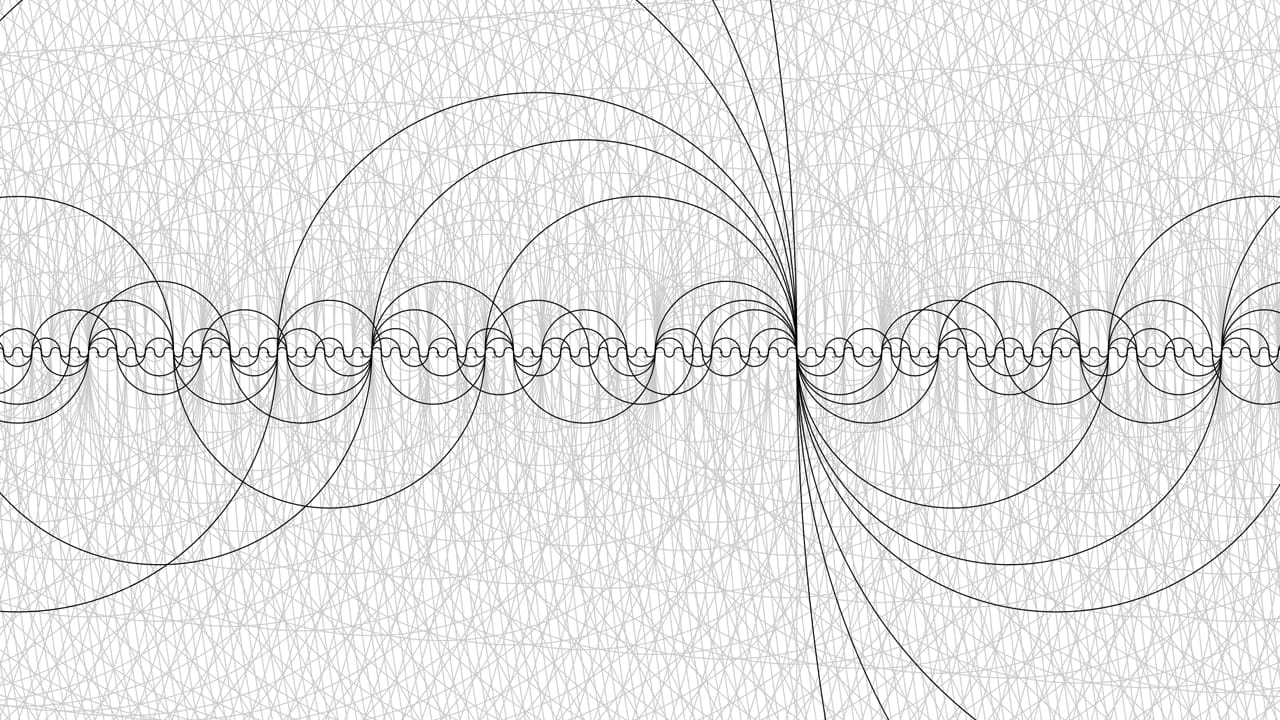

Foreground graphics appear larger, background graphics smaller, and the relationship between data series is needlessly skewed. In drawing, foreshortening makes objects seem as though they inhabit three-dimensional space, but in data visualization, it creates more false hierarchies.

In data visualization, occlusion obscures important data and creates false hierarchies wherein unobstructed graphics appear most important.ĭistortion occurs when 3D graphics recede into or project out from the picture plane through foreshortening. It is the result of mimicking space in the natural world–where objects have differing X, Y, and Z coordinates. Occlusion occurs when one 3D graphic partially blocks another. Two-dimensional representations of three-dimensional space have captivated viewers for centuries, but 3D graphics pose two serious problems for data visualizations. Without additional context, the high-contrast color scheme of this heatmap makes it seem as though the red zones represent substantially higher value magnitudes than the darker areas.

The lens sends information from the light to the retina.Human sight and cognition are among the most incredible phenomena in nature: Tufte, The Visual Display of Quantitative Information “Graphical excellence is that which gives to the viewer the greatest number of ideas in the shortest time with the least ink in the smallest space.” -Edward R.

What design factors make visualizations deceptive, and how can designers convey the meaning of data with utmost clarity? Image credit: Princeton University. When organizations publish misleading visualizations (intentionally or not), the trust gap widens. Information is more abundant and accessible than ever, yet government, media, and business are widely distrusted. The dual potential for good and evil isn’t unique to data visualization, but it’s an urgent design consideration given the paradox of the present age. A founding member of Princeton’s statistics department and inventor of the term software, Tukey’s favorite aspect of analytics was “taking boring, flat data and bringing it to life through visualization.” But for all his numerical fervor, Tukey was keenly aware of the ways in which data is misconstrued, even warning, “Visualization is often used for evil.” John Wilder Tukey was a man devoted to data. If you torture the data long enough, it will tell you anything. To communicate data with integrity, designers must avoid common data visualization mistakes. When designers prioritize compelling imagery over accuracy, visualizations deceive. Data visualizations synthesize the meaning of raw data into coherent takeaways. Quantitative data is of no use without interpretation.


 0 kommentar(er)
0 kommentar(er)
